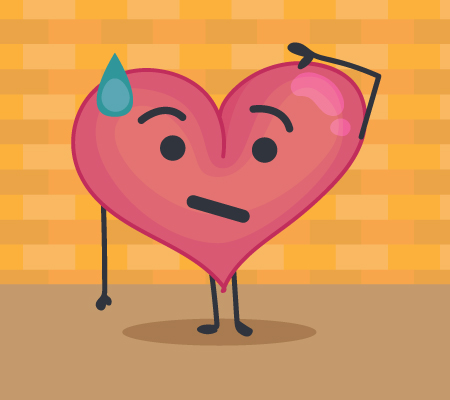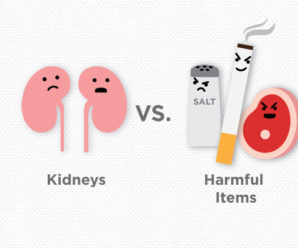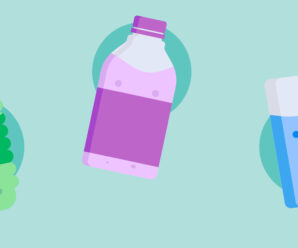
Before 1977, if you had a blocked artery in your heart, you probably required bypass surgery to restore blood flow. As cardiology has evolved over the years, less invasive ways to unblock arteries have been developed.
One such procedure is called angioplasty.
How it’s done
“We start by numbing either the top of your leg or increasingly your wrist in today’s procedures. Then we insert small tubes called sheaths and catheters into your artery and guide it up to the blocked heart artery,” said Dr. Elvis Peter, a Marshfield Clinic Health System interventional cardiologist. “Then you thread a tiny wire through the blockage and around the wire is a small balloon that inflates. By inflating, it opens up the blockage in the artery. This restores the blood flow.”
The procedure is done under conscious sedation. Patients are awake for the procedure, but are given medication to help them relax and local anesthetic so they will not feel pain.
Peter said that after an angioplasty alone, the artery can recoil with the possibility of closing up again. Because of this, over time, stents were developed to complement the angioplasty procedure.
“Stents are basically metal scaffolds that, after the angioplasty is performed, keep the artery from closing up again,” Peter said. “Over time, we’ve made several refinements with special medications embedded in the stents that prevent the body from developing scar tissue inside the stent.”
Most angioplasties performed today are accompanied by stents. Peter said angioplasty procedures are “exceedingly safe.” In fact, he noted that there is a less than one percent chance of a major complication during the procedure.
Preparing for an angioplasty
Peter said patients will be asked not to eat or drink anything after midnight the night before the procedure. In many cases, your doctor may ask you to take medications, like aspirin, on the morning of the procedure.
All patients will be asked to take special medications which are like a “super aspirin,” and are more powerful than regular aspirin. These reduce the risk of the stent suddenly blocking up, and your doctor may ask you to keep taking it for 6-12 months after the angioplasty.
How effective is angioplasty?
In patients with heart attacks, angioplasty and stenting have been shown to stabilize these patients and can be an immediate, life-saving procedure. In these patients, stents prolong life compared to medicines alone.
In other cases, the angioplasty is planned in advance because your doctor knows about a blockage, which may be causing you pain or abnormalities on a stress test, but has not led to a heart attack.
“In those cases, if you had chest pain, after the angioplasty you can expect relief of that pain,” Peter said.
Recovery time
As angioplasties have evolved, the recovery time for the procedure has shortened. Typically, patients go home from the medical facility the day after the procedure or even the same day. Depending on where the catheter was inserted for the procedure, recovery time may vary slightly.
“People can usually return back to most activities of daily living the following day,” Peter said. A cardiac rehab program is highly recommended to get people back to their best.
Prevention is the best medicine
Peter emphasized that prevention remains the cornerstone of a healthy heart. To prevent a situation where you need a procedure like an angioplasty, make sure you are having regular checkups with your primary care provider. That way you have a medical professional monitoring your cholesterol and blood pressure and helping you live an overall healthy lifestyle.
“I cannot overemphasize the importance of quitting smoking,” Peter said.
If you have unexplained chest, jaw, left arm or back pain or shortness of breath, those may be warning signs of a heart attack or serious heart issue. Some patients, particularly women or diabetics, may present with unexplained nausea, cold sweats or dizziness.
If you think you’re having a heart attack or serious heart problem, Peter said you should immediately call 911 and not try to drive yourself to a hospital.







Leave a Reply